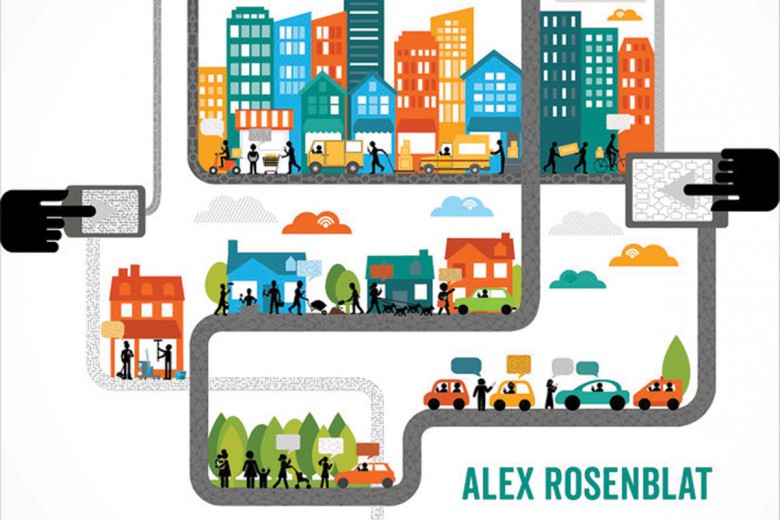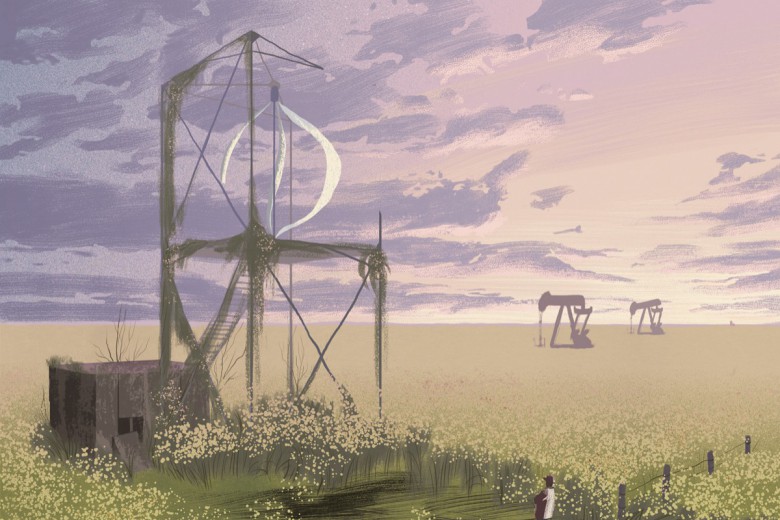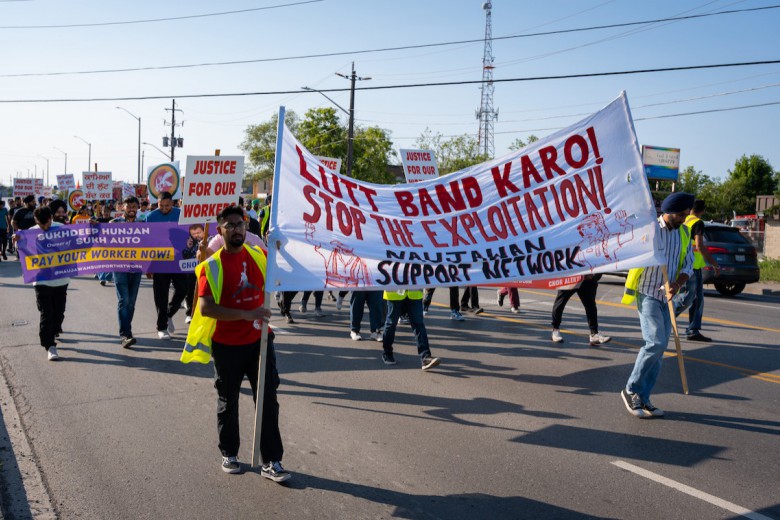In May, the Saskatchewan government announced its plans to raise the minimum wage to $15/hour by 2024. Right now, it’s an abysmal $11.81/hour. In the next three years, it will increase to $13, then $14, then $15.
For the past few years, I’ve been part of Fight for $15 (FF15) Regina, a group of people organizing to increase Saskatchewan’s minimum wage. In 2019, when our minimum wage became the lowest in the country, we held a street party and protest to jokingly celebrate ranking dead last. On Canada Day, after it was announced that the minimum wage would increase by just 26 cents that year, we handed out cookies to condemn the “crumbs” that the Sask Party was offering workers. Though the group stopped meeting once the pandemic hit, I still get the occasional call from a journalist looking for a quote, and my closet remains stuffed with FF15 buttons, clipboards, and volunteer lists.
So when I heard about the planned increase to $15, I felt triumph – and disappointment.
In some ways, winning a $15 minimum wage is a truly hopeful sign for Saskatchewan politics. And it will make life easier for the roughly 96,000 workers – 20 per cent of the province’s workforce – who currently earn less than $15/hour. Poverty wages have very real, visible consequences in Saskatchewan. For one, food bank use has increased by 59 per cent in the last decade.
But $15 isn’t an arbitrary number; it comes directly from social movement demands.
But in other ways, $15/hour by 2024 is deeply inadequate.
Let’s start with the hopeful signs. Since 2014, Saskatchewan’s minimum wage has been indexed to inflation – meaning it went up by around 25 cents each year on October 1. Business lobby groups have been working to maintain the indexing system, saying that it allows businesses to plan for increases in advance. They’ve fervently opposed a $15 minimum wage, and the Canadian Federation of Independent Businesses has even tried to decrease Saskatchewan’s minimum wage. The Sask Party used the indexation formula to ignore the Fight for $15’s demands – they acted like the formula was set in stone, and higher increases were impossible. This kind of increase – in which the minimum wage goes up by a dollar a year – sets a very important precedent, and marks a change in the Sask Party’s tune.
After years of refusing to meaningfully raise the minimum wage, the Sask Party now says that they are making a “market adjustment” to respond to the increasing cost of goods. But $15 isn’t an arbitrary number; it comes directly from social movement demands. The Fight for $15 began in 2012 when 2,000 fast-food workers earning $7.25/hour in New York City walked off the job, demanding “$15 and a union.” Back then, critics said it was an unwinnable demand. But over the last decade, we’ve seen that even the most right-wing governments like the Sask Party will eventually bow to movement pressure – even though they’ll never admit that’s what they’re doing.
But at the end of the day, $15 an hour in two years is too little, too late. The Canadian Centre for Policy Alternatives (CCPA) calculated that a family of four needs a living wage of $16.23/hour in Regina, and $16.89/hour in Saskatoon. We needed $15 yesterday, and we will need a higher minimum wage by 2024.
The reality is that inflation is often exacerbated by corporations, which use it as a cover to hike up the prices of their consumer products.
These are the kinds of victories we most often get, as leftists and organizers: partial wins. They give us little time to rest or celebrate, and instead require us to update our demands and keep fighting. In Ontario, where a $15 minimum wage has been won, workers, unions, and the NDP have begun calling for $20/hour.
A false but common claim against increasing the minimum wage is that it will cause inflation. This time, inflation came first, whittling away workers’ real wages. The reality is that inflation is often exacerbated by corporations, which use it as a cover to hike up the prices of their consumer products. According to the CCPA, corporate profits have increased by $22.9 billion since 2019, which accounts for a quarter of the increase in consumer prices. They also found that, compared to other post-recession recoveries in the last half century, corporate profits are capturing more economic growth while workers are capturing among the least.
The drivers of inflation today are not the workers demanding fair pay, but the corporations that are determined to wring every dollar they can out of people, animals, and the land. Articles in this issue of Briarpatch help make this argument – like Joshua K. McEvoy’s parting shot about a leftist response to the rising price of gas, Rebecca Ellis’ essay about bees and capitalist agriculture, and Stephanie Leguichard’s article about suburban sprawl. As that truth becomes even clearer right now, we have a useful window in which to convince people to join movements for decent pay and public ownership.





_780_520_90_s_c1.jpg)

